Project Location
3363 West Park Place
Pensacola, Escambia County, Florida
Project Timeline
Duration: Three years
Completed Date: January 3, 2020
Project Contacts
Infrastructure Types
Project Summary
Escambia County constructed a new two-story central office facility in 2011. Many low impact design (LID) elements were incorporated into the planning, design, and construction of the Escambia County Central Office Complex (COC) in part through assistance provided by agreement WM920. Data was collected and analyzed following the culmination of three years of monitoring from June 2016 through June 2019 per the Florida Department of Environmental Protection (FDEP) grant contract WQ015 to better understand the efficiency of select LID practices within the context of their application in Northwest Florida.
This project focused on efficiencies gained or lost by converting from conventional roof construction to green roof design and converting from conventional impervious parking lot construction with raised parking islands to pervious parking with recessed bioretention islands.
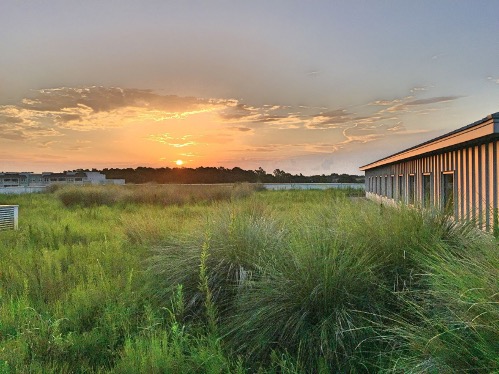
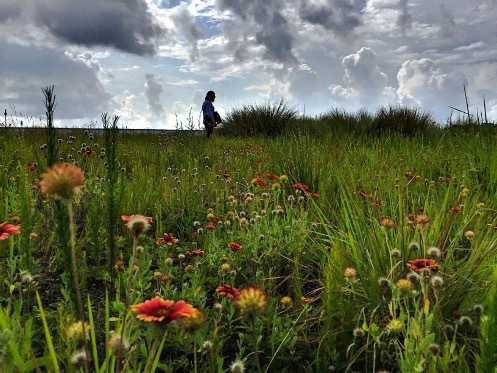
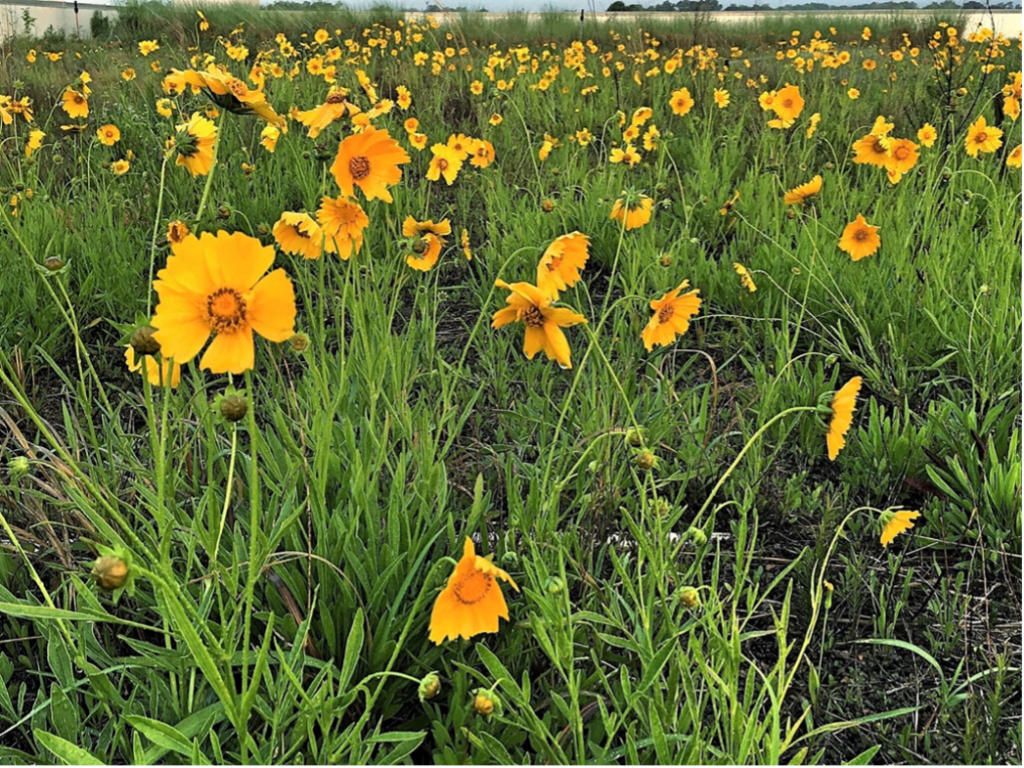
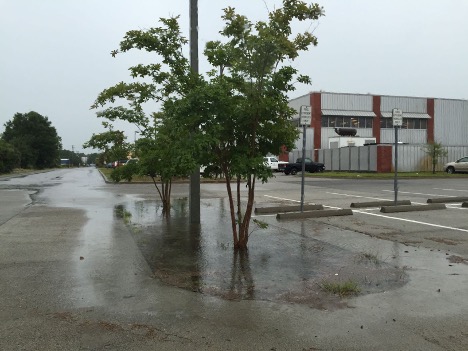
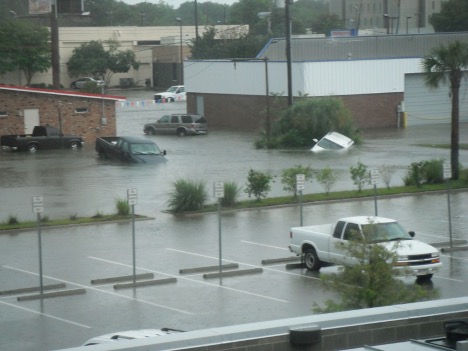
Project Goals
Flood control
Green Roof: Retain water during flash rain event and slow down discharge when capacity is reached
Pervious Concrete: Improve parking lot flooding during high-volume flash rain events
Project Funding & Maintenance
Construction – $1 million; Monitoring – $285,000
Maintained by the Water Quality Land Management Division personnel
Annual cost is less than $100 per year
Community Engagement
In-person and virtual tours
Outcomes/Results
Chemical characteristics
Upon further study, the storm events with significantly higher analytical constituents were storm events that were collected over shorter time frames. This likely resulted in a higher sampled concentration of the first flush of the storm event in the sample collection bottle. In stormwater sampling, the first flush may have contained the majority of the metals, residuals, nutrients, etc. that had accumulated since the previous rain event. In our analysis of the stormwater runoff from the green roof, we came to the conclusion that the current sampling protocol was representative of the entire event and not the first flush. The availability of staff during working hours and the timing of each unique storm event made it difficult to collect each composite at a consistent time interval from the start of a rain event. This led to variation in time-weighting between the two bottles that were composited.
Residuals
Results indicate little to no Total Suspended Solids (TSS) with Total Dissolved Solids (TDS) making up most of the Total Solids (TS). Residuals were low on the rainwater and control roof samples, while the irrigation water and green roof basins had detectable residuals. The TDS fraction contains minerals and salts which were prevalent in the irrigation and green roof samples as well as indicated in the expanded metals analysis. There was a slight increase in TSS on the control roof in the spring which may have been attributed to pollen while the TDS did not appear to be greatly effected by the season, however there was a slight increase in autumn which could be due to seasonal drought conditions building up the salts and minerals for the few rain events that normally took place that time of year.
Nutrients
The overall trend was that the nutrient load into the green roof basin water increased in the autumn months. A theory on why the overall nutrient concentrations peaked in the autumn months is that the growing season ceased so the uptake of nutrients had declined while at the same time the decay of plant material released previously captured nutrients causing an increased nutrient load into the green roof basins runoff water. This pattern follows the expected trend of an uptake of nutrients in the growing season and a deposition of nutrients in the dormant season.
Metals
The expanded list indicated the highest detections were the salts, Calcium (Ca), Sodium (Na) and Magnesium (Mg) with the highest in the irrigation water followed by the green roof water. Since the expanded list was only analyzed quarterly, a seasonal trend could not be established.
Temperature Fluctuations Variability
The most significant result with the temperature data is that the variability in temperature is much greater at the soil surface and the ambient air than at the membrane. The vegetation contributes to additional insulation, but the media alone (non-vegetated) provides the majority of the temperature stabilization.
Energy Efficiency
A performance rating evaluation was done in August 2011 that found the COC building had an energy performance rating of 84 compared to a national average of 50. The energy cost was $1.67/ft2/year compared to a national average of $2.48/ft2/year which came to $124,443.00/year compared to a national average of $185.354.08/year. The Energy Star statement of energy performance for a 12-month period ending in August 2011 determined that the COC building had a difference of -33% from the national average meaning the COC is 33% more efficient than the national average.
Recommendations
Stormwater pollutants
Collect the first flush of a rain event by fractionating the samples over time of a storm event using an autosampler. This would determine if the hypothesis of the first flush of rainwater having a significantly higher pollutant load than the average over entire event is true.
Test new green roof media for metals before deployment on a roof and then again at various intervals over several years to see if the roof media acts as a sink for metal deposition from outside sources.
Irrigation
Consider the irrigation system in the budget and design phase so that stormwater can stored in a pond, cistern or underground tank and recycled as irrigation water, especially for use during drought conditions.
Rain Event Criteria
Consider smaller volume rain event criteria rather than higher volume events that overtop the weirs to get more usable flow data needed for a better representative hydrology map.
Pervious Pavement
A routine schedule to sweep the parking lot is recommended to better maintain the percolation rate.
Design should reinforce high traffic areas and corners and a budget should be set aside for routine maintenance.
Roof Vegetation
Investigate the FDOTs wildflower program for groundcover or plants that need very little maintenance. Since the COC green roof is used as an educational tool, it is important that it be maintained as a show piece in addition to being energy efficient.